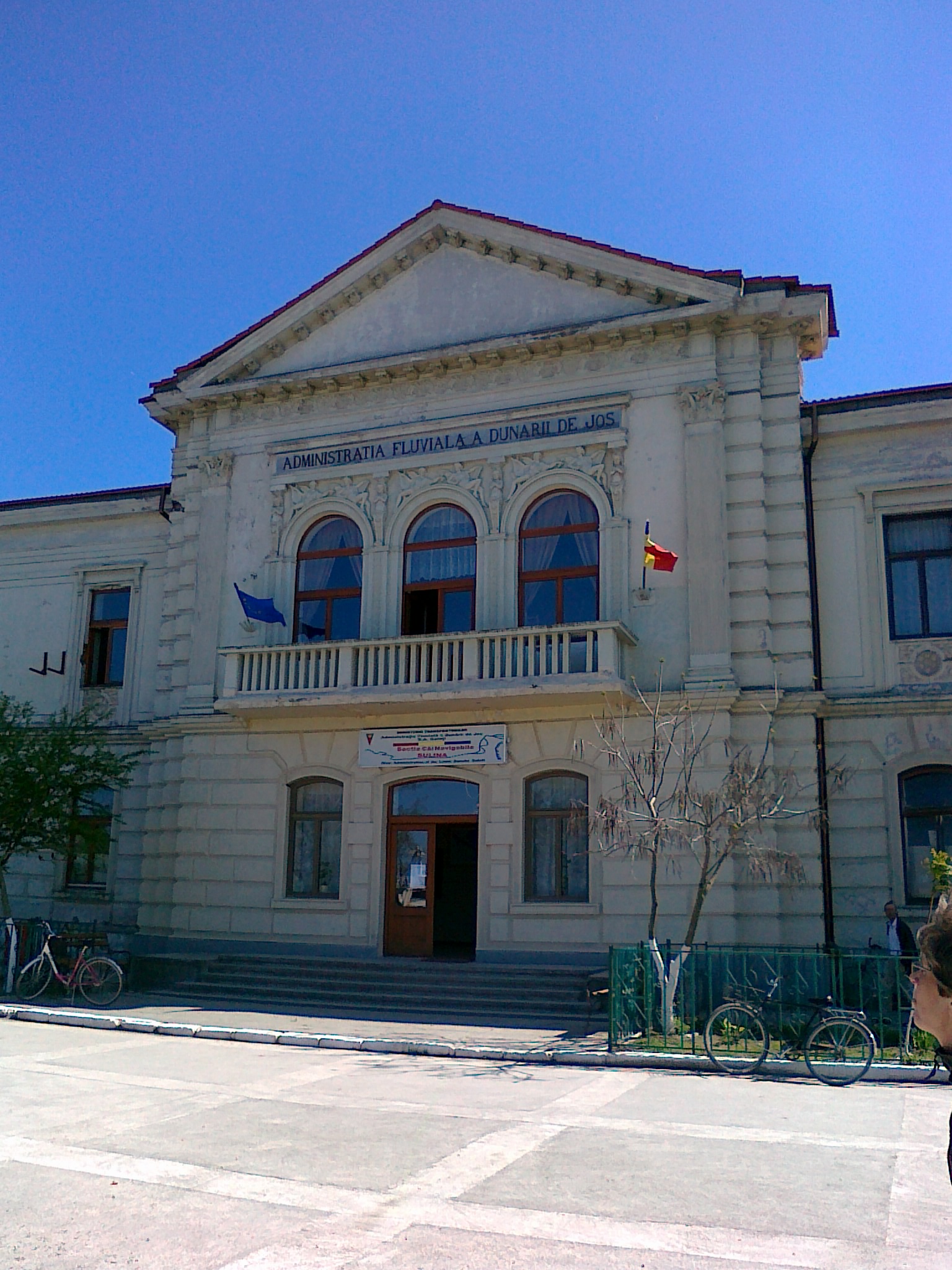|
Jurilovca
Jurilovca (russian: link=no, Журиловка; ''Unirea'' from 1983 to 1996) is a commune in Tulcea County, Northern Dobruja, Romania. It is composed of three villages: Jurilovca, Vișina and Sălcioara (''Caramanchioi'' until 1934; ''Vintilă Brătianu'' from 1934 to 1947; ''6 Martie'' from 1947 to 1996). It was founded by Lipovans at the beginning of the 19th century; the first documentary attestation is from 1826. Although at its beginnings it was a small village, the settlement grew and become, at the end of the 19th century, an important fishing centre in Danube Delta area. Nowadays it has the biggest community of fishermen in Romania, and it has the most modern fish processing factory in the country and Eastern Europe. Jurilovca is also a tourist center. At about 15 km across the Golovița Lake is Gura Portiței, a beach resort at Black Sea. You can reach there by little vessel and by boat. Other tourist attractions are Argamum Citadel and Doloșman Cape. The entir ... [...More Info...] [...Related Items...] OR: [Wikipedia] [Google] [Baidu] |
Argamum (castra)
Argamum was a fort in the Roman province of Moesia. See also *List of castra Castra (Latin, singular castrum) were military forts of various sizes used by the Roman army throughout the Empire in various places of Europe, Asia and Africa. The largest castra were permanent legionary fortresses. Locations The disposition ... Notes External links Argamum Earth [...More Info...] [...Related Items...] OR: [Wikipedia] [Google] [Baidu] |
Vintilă Brătianu
Vintilă Ion Constantin Brătianu (16 September 1867 – 22 December 1930) was a Romanian politician who served as Prime Minister of Romania between 24 November 1927 and 9 November 1928. He and his brothers Ion I. C. Brătianu and Dinu Brătianu were the leaders of the National Liberal Party of Romania, founded by their father, Ion C. Brătianu. Biography Born at his family's estate of ''Florica'', in Ștefănești, Argeș County, Vintilă Brătianu started his studies at Saint Sava High School in Bucharest. He then went to France to study engineering at École Centrale Paris from 1886 to 1890. After returning to Romania, he entered politics. From 1907 to 1911 he was Mayor of Bucharest. During World War I, he was Minister of War (15 August 1916–19 July 1917) and then Minister for War Munitions. After the war, he served as Finance Minister (19 January 1922–9 March 1926) in the Liberal government led by his brother, Ion. After his brother died on 24 November 1927, he ... [...More Info...] [...Related Items...] OR: [Wikipedia] [Google] [Baidu] |
Tulcea County
Tulcea County () is a county ( județ) of Romania, in the historical region Dobruja, with the capital city at Tulcea. It includes in its northeast corner the large and thinly-populated estuary of the Danube. Demographics In 2011, Tulcea County had a population of 201,462. The population density was 23.7/km², the lowest among the counties of Romania, due to the inclusion within the area of the lowly-populated Danube estuarial wetlands. * Romanians - 89.13% * Lipovans - 5.41% * Turks - 0.93% * Romani - 1.87% * Greeks - 0.65% In the Danube Delta there is an important community of Russians and Lipovans. In the south of the county there are communities of Turks. The region once was a centre of Islam in Romania. Geography The county has a total area of . The most significant feature of Tulcea County is the Danube Delta, which occupies about 1/3 of the entire surface and is located in the North-East side of the county. The Delta has three main branches: the Sulina bran ... [...More Info...] [...Related Items...] OR: [Wikipedia] [Google] [Baidu] |
Communes Of Romania
A commune (''comună'' in Romanian language, Romanian) is the lowest level of administrative subdivision in Romania. There are 2,686 communes in Romania. The commune is the rural subdivision of a Counties of Romania, county. Urban areas, such as towns and cities within a county, are given the status of ''Cities in Romania, city'' or ''Municipality in Romania, municipality''. In principle, a commune can contain any size population, but in practice, when a commune becomes relatively urbanised and exceeds approximately 10,000 residents, it is usually granted city status. Although cities are on the same administrative level as communes, their local governments are structured in a way that gives them more power. Some urban or semi-urban areas of fewer than 10,000 inhabitants have also been given city status. Each commune is administered by a mayor (''primar'' in Romanian). A commune is made up of one or more villages which do not themselves have an administrative function. Communes ... [...More Info...] [...Related Items...] OR: [Wikipedia] [Google] [Baidu] |
Eastern Orthodox Church
The Eastern Orthodox Church, also called the Orthodox Church, is the second-largest Christian church, with approximately 220 million baptized members. It operates as a communion of autocephalous churches, each governed by its bishops via local synods. The church has no central doctrinal or governmental authority analogous to the head of the Roman Catholic Church—the Pope—but the Ecumenical Patriarch of Constantinople is recognized by them as '' primus inter pares'' ("first among equals"), which may be explained as a representative of the church. As one of the oldest surviving religious institutions in the world, the Eastern Orthodox Church has played a prominent role in the history and culture of Eastern and Southeastern Europe. The Eastern Orthodox Church officially calls itself the Orthodox Catholic Church. Eastern Orthodox theology is based on holy tradition, which incorporates the dogmatic decrees of the seven ecumenical councils, the Scriptures, and the teachin ... [...More Info...] [...Related Items...] OR: [Wikipedia] [Google] [Baidu] |

